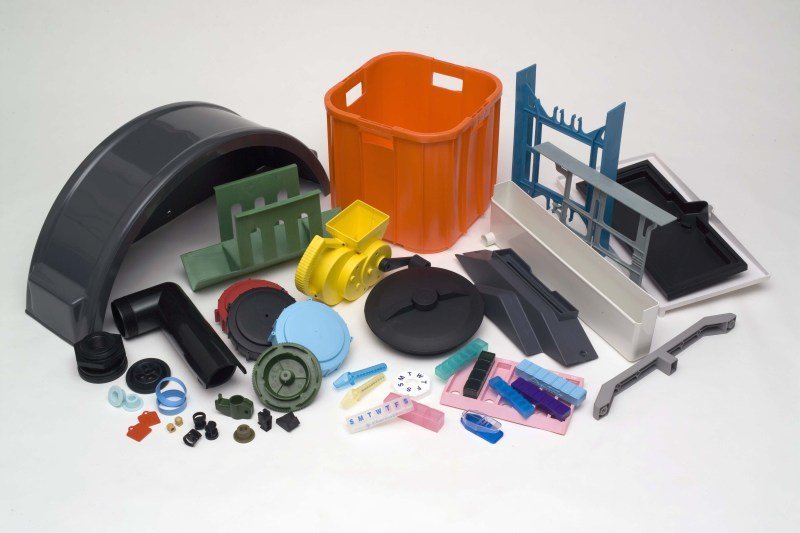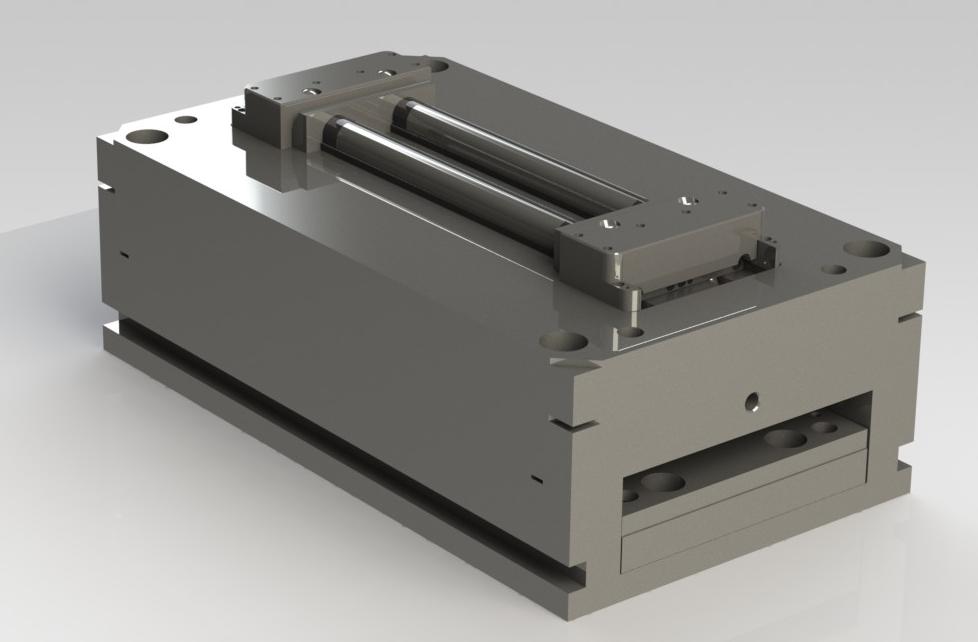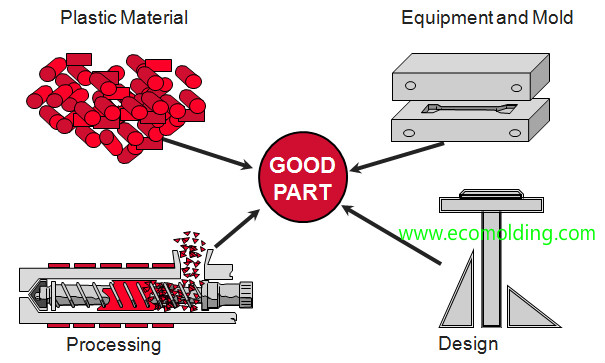The Role of Plastic Injection Molding in Creating Affordable Industrial Parts
The Role of Plastic Injection Molding in Creating Affordable Industrial Parts
Blog Article
Comprehending the Essentials of Plastic Shot Molding Procedures
Plastic injection molding serves as a cornerstone of contemporary manufacturing, offering a methodical technique to creating complicated elements with accuracy. Checking out these crucial components can disclose exactly how even minor adjustments can lead to substantial renovations in manufacturing results, raising questions regarding the potential for innovation in this well-known procedure.
What Is Plastic Injection Molding?
Plastic injection molding is a widely made use of manufacturing procedure that changes thermosetting and thermoplastic materials into specific and complicated forms. This method is preferred for its ability to generate high volumes of similar parts with outstanding precision, making it an essential approach in different sectors, consisting of automotive, durable goods, and clinical devices.
The process includes melting the selected plastic product and infusing it into a mold and mildew under high pressure. The mold, created to the specifications of the desired part, permits the molten plastic to materialize as it solidifies and cools. When the product has actually set, the mold and mildew is opened up, and the completed component is expelled.
Plastic shot molding offers several advantages, including reduced waste, consistency in manufacturing, and the ability to integrate elaborate designs that may be challenging with various other producing methods. Additionally, it sustains a wide series of materials, each providing one-of-a-kind buildings that can be tailored for specific applications. As industries proceed to innovate, plastic shot molding remains at the leading edge, allowing the development of innovative items that meet advancing consumer needs.
The Shot Molding Process
The injection molding process is an advanced method that includes a number of essential phases to create top quality plastic elements. Plastic pellets are fed into a heated barrel where they are melted right into a thick fluid. This molten plastic is then injected under high stress right into a precision-engineered mold and mildew, which forms the material into the desired kind.
Once the mold is filled up, the plastic is enabled to cool and solidify, taking the form of the mold and mildew cavity. Cooling time is critical, as it impacts the cycle time and the final homes of the molded part. After sufficient air conditioning, the mold opens up, and the ended up part is expelled utilizing ejector pins.

Materials Used in Injection Molding
Numerous materials can be utilized in the injection molding procedure, each offering special residential or commercial properties that deal with certain applications. One of the most typically utilized products include thermoplastics, thermosetting plastics, and elastomers.

Thermosetting plastics, like epoxy and phenolic resins, undertake a chemical change during the curing procedure, resulting in a stiff, inflexible framework. These materials are ideal for applications needing high warmth resistance and structural honesty, typically made use of in electrical insulators and automotive parts.
Elastomers, consisting of silicone and rubber-based materials, offer adaptability and resilience. Their distinct properties make them suitable for applications that demand elasticity, such as seals and gaskets.
In addition, specialized materials like bio-based plastics and compounds are obtaining traction for their environmental benefits and enhanced performance attributes, widening the scope of shot molding applications in various markets. Comprehending the residential or commercial properties of these products is important for picking the ideal type for details projects.
Advantages of Injection Molding
Injection molding stands apart as an extremely effective production procedure that provides many advantages for creating complicated components with precision. Among one of the most considerable advantages is the ability to create intricate layouts that would certainly be difficult or impossible to attain with other techniques (Plastic Injection Molding). The process permits limited resistances and thorough functions, ensuring high-quality parts
In addition, shot molding is recognized for its fast production capacities, making it an ideal selection for high-volume manufacturing. As soon as the mold and mildew is produced, parts can be generated promptly, reducing preparations and boosting overall efficiency. This effectiveness not only decreases production costs but also provides an affordable side in the marketplace.
The adaptability of materials used in injection molding additionally enhances its allure. A large range of thermoplastics and thermosetting polymers can be employed, enabling manufacturers to choose materials that best meet their certain demands, consisting of stamina, warmth, and adaptability resistance.
Furthermore, the procedure minimizes waste, as excess product can commonly be recycled and reused. This sustainability aspect contributes to a reduced environmental effect, making shot molding a responsible manufacturing choice. Generally, the benefits of injection molding make it a preferred technique for several sectors.
Aspects Influencing Product Quality
While numerous factors can influence product high quality in shot molding, comprehending these components is essential for accomplishing ideal results. Secret facets include material choice, refining criteria, and mold and mildew layout.
Material choice plays an essential duty, as various polymers show unique buildings that affect flowability, strength, and thermal security. Insufficient product option can cause flaws such as bending or incomplete filling.
Handling criteria, consisting of temperature level, stress, and cycle time, should be website link thoroughly controlled. Variations in these setups can cause incongruities in component dimensions and surface area finish. Exceedingly high temperature levels may trigger degradation of the polymer, while poor pressure can result in short shots.
Mold and mildew layout is similarly essential, as it determines the circulation of the molten plastic and the cooling procedure. Improperly developed mold and mildews may result in uneven air conditioning rates, causing dimensional mistakes and recurring stresses.

Final Thought
Finally, plastic shot molding works as an important manufacturing process that enables the efficient manufacturing of high-quality elements. my link Mastery of the injection molding procedure, consisting of the understanding of products and the influence of different factors on product high quality, is vital for accomplishing ideal outcomes. The advantages of this approach, such as cost-effectiveness and layout versatility, further highlight its importance across numerous sectors, strengthening its condition as a favored choice for high-volume production.
Plastic injection molding serves as a keystone of contemporary read manufacturing, offering a systematic technique to creating complex parts with accuracy.Plastic shot molding provides several benefits, including decreased waste, consistency in manufacturing, and the capability to include detailed layouts that may be testing with other manufacturing approaches (Plastic Injection Molding). As markets continue to introduce, plastic injection molding remains at the center, making it possible for the growth of advanced products that satisfy progressing consumer needs
The injection molding procedure is an innovative technique that entails several vital phases to create top quality plastic components.In verdict, plastic injection molding offers as an important manufacturing process that enables the reliable manufacturing of high-grade components.
Report this page